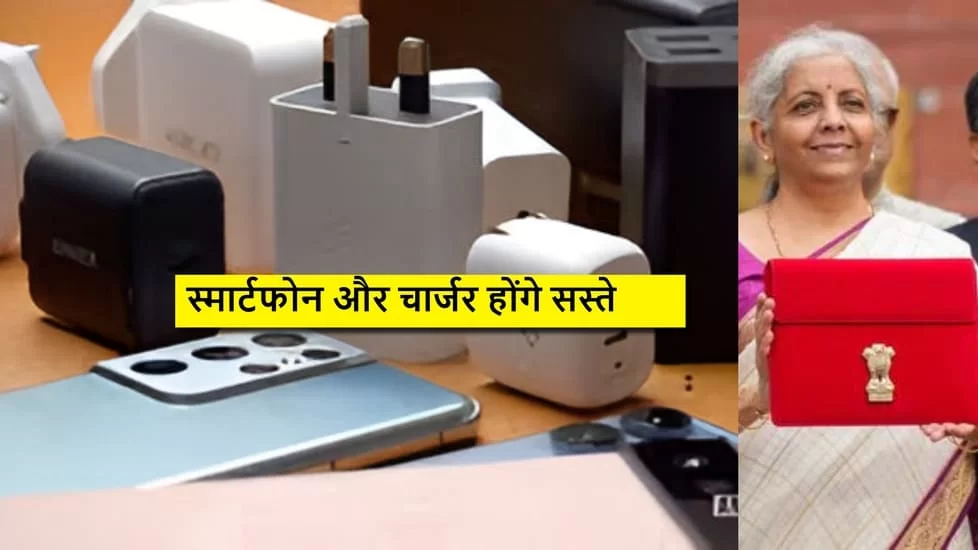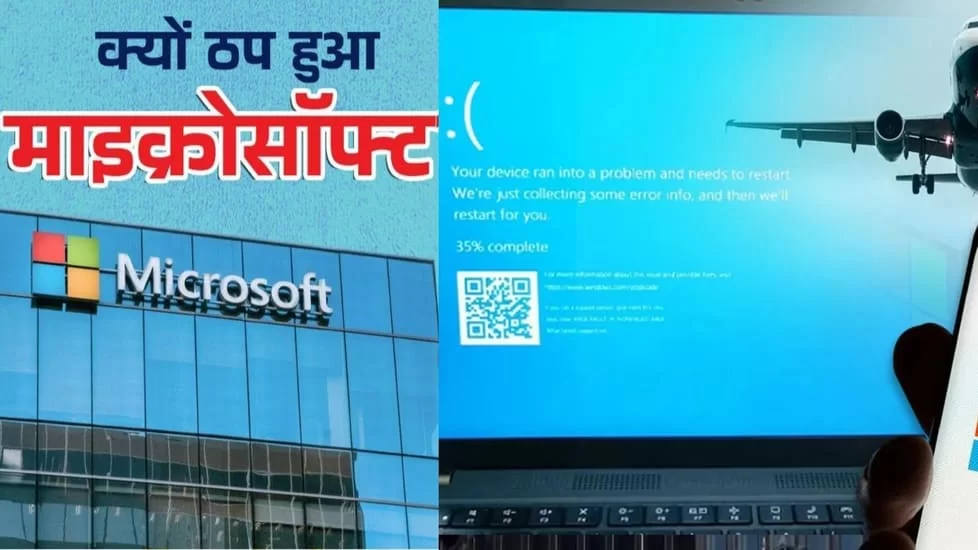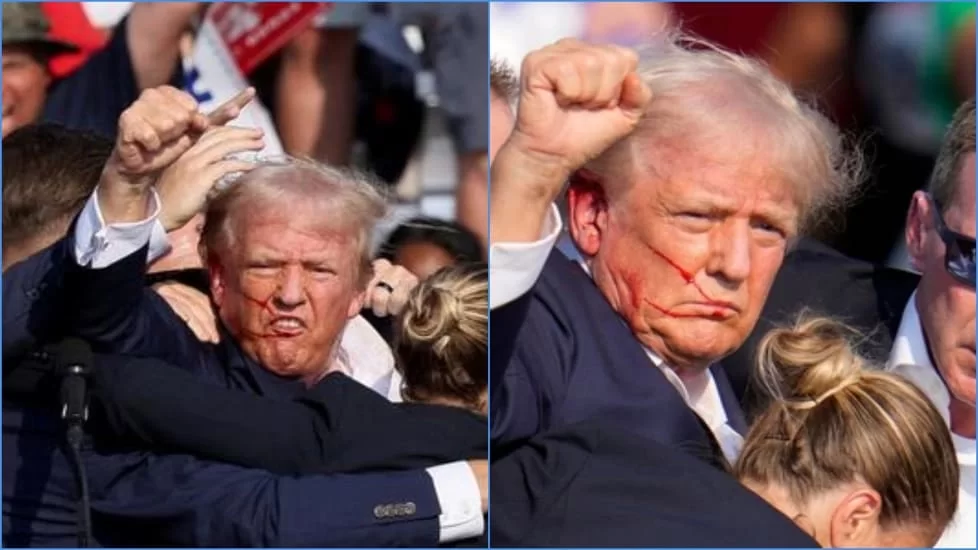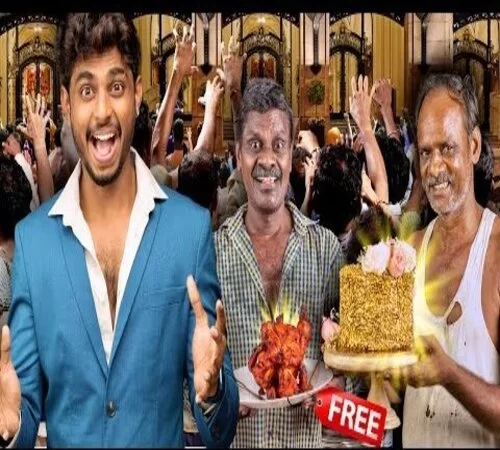

Explore about the Quantum Dots Nobel Prize 2023, What is Quantum Dots and its Importance?
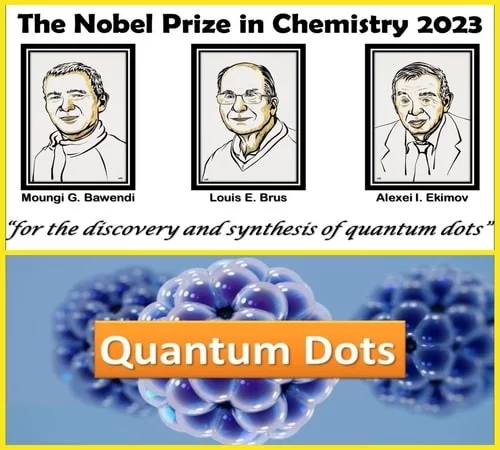
Share with social media

Moungi G. Bawendi, Louis E. Brusand and Alexie I. Ekimov have etched their names in golden letters in history for having won the coveted 2023 Nobel Prize in Chemistry on 04.10.23. The discovery and synthesis of tiny quantum dots for which the 3 scientists have received the Quantum Dots Nobel Prize has raised many questions like the importance of quantum dots, its history, uses and much more.
Teekhafun brings for its readers a detailed article on who founded the quantum dots and its importance.
Tiny crystals of semi-conducting material which are a few nanometers wide are called quantum dots. Due to the extremely small size of quantum dots, their optical properties are unique. So much so that the color of the quantum dots is controlled by their size! It is because of this unique property that the importance of quantum dots in energy production, large color displays, advanced surgery and quantum computing is on the rise.

Quantum Dots Nobel Prize Winners shall take home 1USD million each along with 18 carat gold medal and diploma.

Receiving the Quantum Dots Nobel Prize 2023 is a prestigious moment for the 3 scientists who had been working tirelessly all these years to prove their theory. Let’s have a closer look at the Quantum Dots Nobel Prize history of the scientists before they bagged the Quantum Dots Nobel Prize:
|
Application |
Description |
Example |
|
Lighting |
Adjusting the color temperature in LED |
Nanoco LED Lighting Solutions |
|
Drug delivery |
Targeted drug delivery for therapies |
Quantum dots for drug delivery |
|
Security |
Anti-counterfeit markers on documents and currency |
Security applications |
|
Health |
Mapping organs and cells for research and diagnosis |
Quantum dots for cancer imaging |
|
Display technology |
Enhancing display quality in the QLED screens |
SAMSUNG QLED TV |
|
Photovoltaic |
Enhancing solar cell efficient |
Quantum dot solar cells |
Qdots or Quantum Dots were first discovered in 1981 by Russian scientist Alexey Ekimov. It was discovered in a glass matrix by Ekimov while working at the Vavilov State Optical Institute in St. Petersburg.
Max Planck and Neils Bohr are called the Father of Quantum Theory.
Max Planck and Neils Bohr received the Nobel Prize for Quantum Theory. The origins of Quantum Theory can be traced back to the 1900s when Max Planck presented the quantum theory to the German Physical Society.
John Bardeen is the only physicist in history so far to have won 2 Nobel Prizes. The first one was in the year 1956 and the second was in 1972.
Chandrasekhara Venkata Raman was the first Indian to win the Nobel Prize in Physics in the year 1930. His work on the scattering of light which is commonly known as the Raman Effect helped him earn this prize.
Werner Heisenberg received the first Nobel Prize Quantum Physics in the year 1932 for the creation of quantum mechanics.
ALSO READ: ![]() Metal detectors, tight security... how did a bullet hit Donald Trump's rally?
Metal detectors, tight security... how did a bullet hit Donald Trump's rally?
Conclusion:
Winning the Quantum Dots Nobel Prize is a big milestone for what lies ahead in the field of science and technology. The discovery and synthesis of quantum dots have paved the way for a new horizon. Let’s see what the future has in store for us!!
Finance Minister Nirmala Sitharaman presented the budget for 2024. Giving relief to the general public, the government has also reduced the customs duty on smartphones and mobile phone chargers to 15%. This means that it will now be cheaper to buy a new phone.
Microsoft server Down: Microsoft's servers are down around the world. From India to Australia, servers of airlines, banks, stock markets, etc. are down. After all, due to what mistake of Microsoft, the whole world is facing such a problem. Let's know
Indian all-rounder Hardik Pandya has made a big announcement on Thursday (July 18). He announced his divorce from his wife Natasa Stankovic in an Instagram post.
Donald Trump Attack in Rally: Questions are being raised about the sniper in the security of former US President Donald Trump. It is being claimed that the sniper took his position just seconds before the attack. Some witnesses had also informed the police about the gunmen, but by the time anyone could understand, the bullet had touched Trump's ear.
